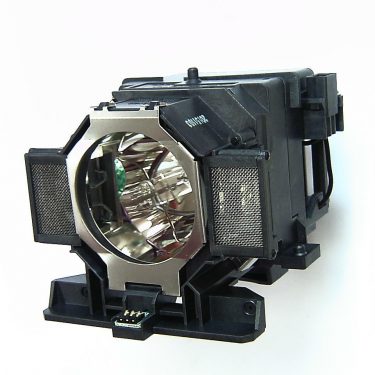

DLP projector using Texas Instruments’ DLP technology.

Common problems include a visible “screen door” or pixelation effect, and the LCD panels deteriorating from heat & UV rays, leading to discolored spots or holes in the image, although recent advances have reduced the severity of these issues in some models. This is the simplest system, making it one of the most common and affordable for home theaters and business use. Ī few camcorders have a built-in projector suitable to make a small projection a few more powerful "pico projectors" are pocket-sized, and many projectors are portable.Ī Zenith Electronics 1200 CRT Projector based home theater, ca.

Video projectors can have a mechanism similar to local backlight dimming to achieve higher contrast ratios, by using 6 DLP chips: 3 for display, and 3 for local dimming. High brightness large-venue models are increasingly common in Boardrooms, Auditoriums and other high profile spaces, and models up to 75,000 lm are used in large staging applications such as concerts, keynote addresses and displays projected on buildings. For example, a light output of approximately 1500 to 2500 ANSI lumens is suitable for small screens viewed in rooms with low ambient light approximately 2500 to 4000 lm is suitable for medium-sized screens with some ambient light over 4000 lm is needed for very large screens or for use in rooms with no lighting control such as conference rooms. A projector with a higher light output (measured in lumens, “lm”) is required for a larger screen or for a room with a larger amount of ambient light. The cost of a projector is typically driven by its base technology, features, resolution, and light output.
#Epson projector bulb 720p
Although large LCD television screens became quite popular, video projectors are still common among many home theater enthusiasts.Ī video projector, also known as a digital projector, may project onto a traditional reflective projection screen, or it may be built into a cabinet with a translucent rear-projection screen to form a single unified display device.Ĭommon display resolutions include SVGA (800×600 pixels), XGA (1024×768 pixels), SXGA+ (1400x1050 pixels), 720p (1280×720 pixels), and 1080p (1920×1080 pixels), 4K UHD (3840x2160), as well as 16:10 aspect ratio resolutions including WXGA+ (1280x800 pixels) and WUXGA (1920x1200 pixels) In the late 20th century, they became commonplace in home cinema. In schools and other educational settings, they are sometimes connected to an interactive whiteboard.
#Epson projector bulb movie
Video projectors are used for many applications such as conference room presentations, classroom training, home cinema, movie theaters and concerts, having mostly replaced overhead, slide and conventional film projectors. Projectors using RB lasers use a blue laser with a phosphor wheel in conjunction with a conventional solid state red laser. Each projector can use up to two racks, and several monochrome lasers are mounted on each rack, the light of which is mixed and transmitted to the projector booth using optical fibers.

Remote fiber optic RGB laser racks can be placed far away from the projector, and several racks can be housed in a single, central room. (White LEDs do not use lasers.) A wheel is used in order to prolong the lifespan of the phosphor, as it is degraded by the heat generated by the laser diode. If a blue laser is used, a phosphor wheel is used to turn blue light into white light, which is also the case with white LEDs.
#Epson projector bulb manual
Video projectors use a very bright ultra-high-performance lamp (a special mercury arc lamp), Xenon arc lamp, LED or solid state blue, RB, RGB or remote fiber optic RGB lasers to provide the illumination required to project the image, and most modern ones can correct any curves, blurriness, and other inconsistencies through manual settings. Projected image from a video projector in a home cinema.Ī video projector is an image projector that receives a video signal and projects the corresponding image on a projection screen using a lens system.


 0 kommentar(er)
0 kommentar(er)
